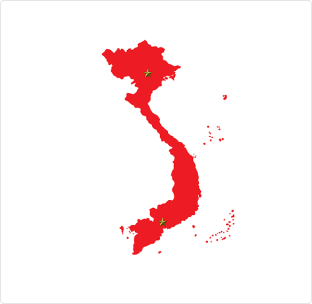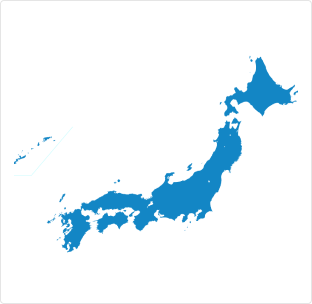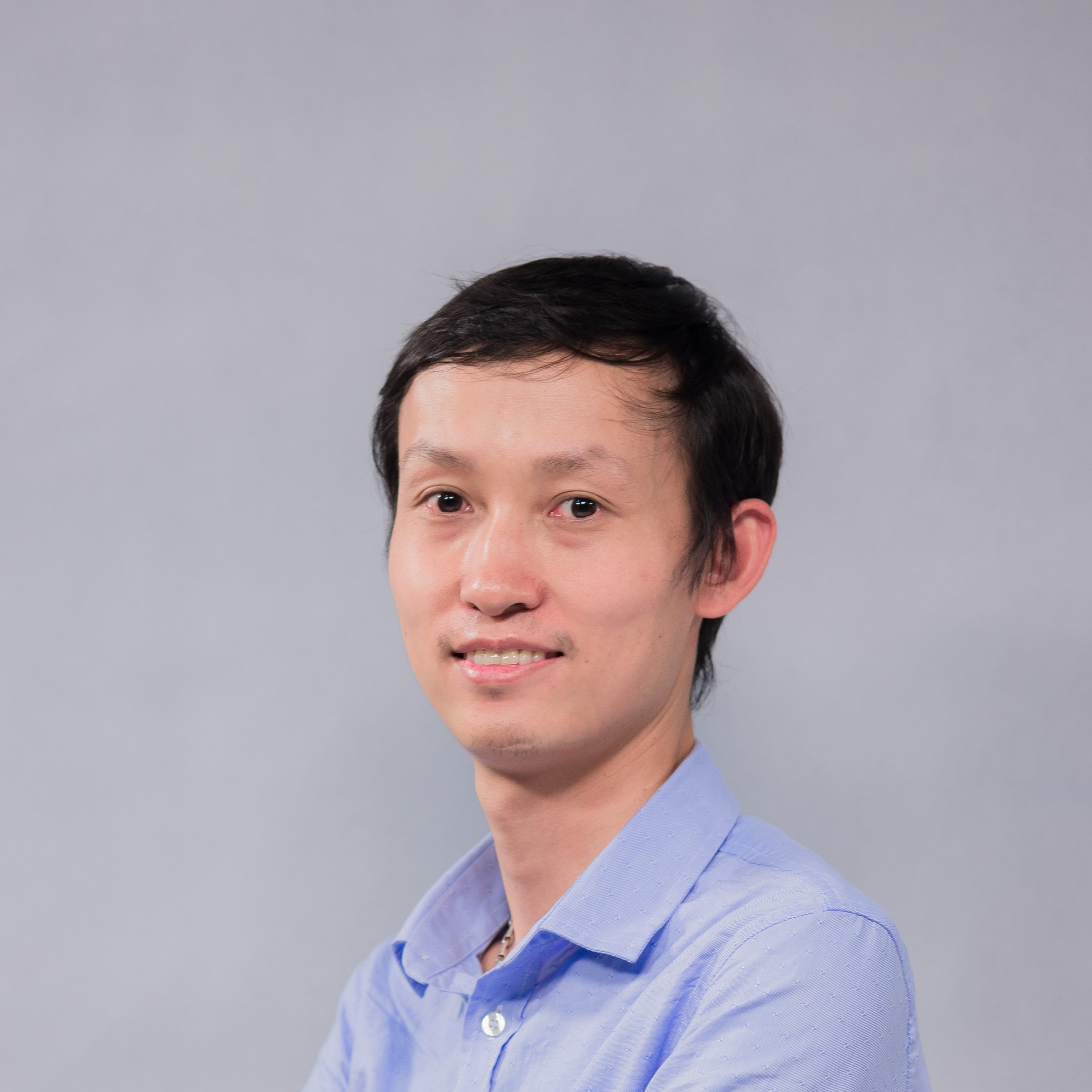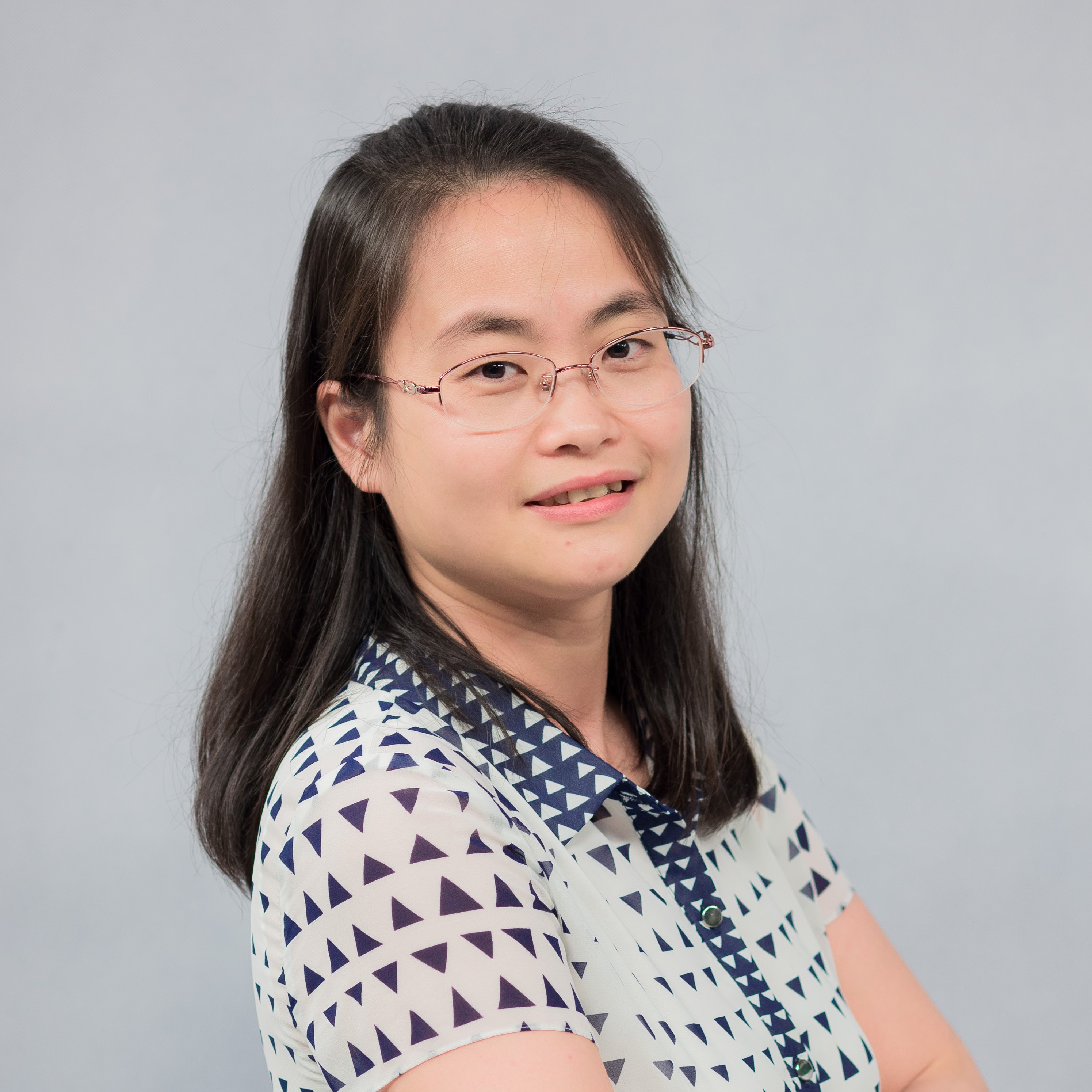Our team

Optimal Deployment
Localization
Opportunistic communication & Air quality forecasting
Data Calibration

Vietnamese Team
- School of Information and Communication Technology, Hanoi University of Science and Technology
- School of Electrical Engineering, Hanoi University of Science and Technology
Japanese Team
- Graduate School of Engineering, Chiba University
- Wireless System Laboratory, Toshiba Corporate Research & Development Center, Toshiba Corporation

Fi-Mi Architecture
The architecture consists of three tiers: sensing, communication, and application. Physically, the sensing tier includes smart sensing devices installed on buses. The communication tier incorporates the infrastructure for data transmission between the monitoring devices and the servers located in the application tier.
- The sensing tier is responsible for sensing the air quality and reporting the sensed data. The monitoring devices measure the air quality at predefined positions on the bus routes. The devices also collect RSSI information that will be used to determine the bus locations.
- The communication tier is in charge of transferring the sensed data and the RSSI information measured by the monitoring devices to the servers. Fi-Mi plans to leverage a new form of opportunistic communication to balance between communication quality and cost.
- The application tier is imperative for controlling the behaviors of the monitoring devices, processing the sensed data, and providing interactive services to users.
Objectives
Fi-Mi’s ultimate goal is to provide an efficient system to reduce the consequences of air pollution, hence improve the quality of living. To fulfill this goal the Fi-Mi team have identified the key objectives of the project as follows:
- To design a mobile air monitoring platform following a three-tier architecture that well defines the tiers’ roles and interplay protocols between the tiers.
- To propose optimal algorithms, protocols for the related optimization problems in each tier, relying on newly introducing mathematical models for the tiers’ operations.
- To design and realize a cost-effective, high-accuracy air quality monitoring device.
- To propose novel deep learning models that accurately predict air quality in both the spatial (un-monitoring regions) and temporal (the future) domains.
- To construct a publicly available, normalized database of air quality information that aims to facilitate the related researches.
- To build a publicly available API library for analyzing and forecasting air quality.
- To deploy a testbed of the Fi-Mi system in Hanoi.
- To provide a Fi-Mi’s user interface (including a smartphone application and a web portal) that allows people to access the real-time fine-grained information of air quality in Hanoi.

Deliverables

- Public deliverables
- D6.1 5G-Enhance dissemination plan (CO, M2)
- D6.2 Project website (PU, M2)
- D1.3 Data management plan (CO, M3)
- D3.1 Report on requirements and architecture (PU, M4) D3.1.pdf
- D4.1 Report on requirements of ASNRM architecture (PU, M4) D4.1.pdf
- D2.1 Use cases: detailed specification (PU, M6) D2.1.pdf
- D2.2 Technical requirement (PU, M12) D2.2.pdf
- D1.1 Project annual report at Y1 (CO, M12)
Contact us

Vietnamese Team
Dr. Nguyen Phi Le
School of Information and Communication Technology
Hanoi University of Science and Technology









